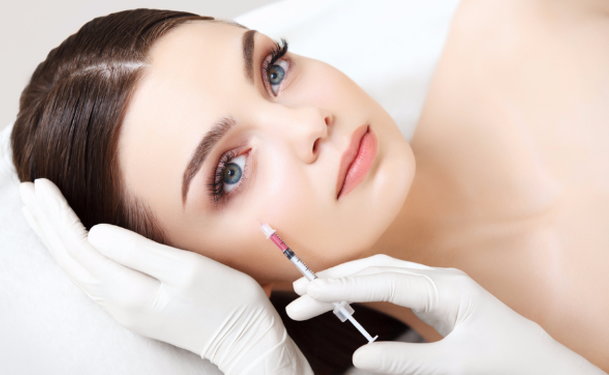Restylane is a cosmetic filling agent (hyaluronic acid) used to diminish appearance of wrinkles, as well as to enhance other face features such as lips, cheeks or chin. Since hyaluronic acid is natural to the human body and Restylane is manufactured without any animal proteins, allergic reactions to this treatment are rare. Side effects are mild and last for about a week.
Before Restylane Treatment
As with any medical procedure, it is necessary to discuss your goals with your doctor. You need to have realistic expectations about the results Restalyne treatment can provide. You should also discuss your general health problems if you have any, and medications you are currently taking.
The doctor will give you the set of pre- and post-treatment instructions, which you should follow in order to avoid possible complications. For example, you may stop some of your medications such as aspirin or blood thinners, and you'll be advised not to take non-steroid anti-inflammatory over-the-counter medications or St-John Wart. It is not necessary to have a skin allergy test performed, since Restylane is not allergenic for the majority of patients.
During Restylane Treatment
Your doctor will choose the exact location of the injections and will apply anesthetic if necessary or desirable. Usually discomfort is minimal to non-existent with wrinkles treatment, and more profound with lip, chin and cheek augmentation.
Your doctor will determine the amount of Restylane needed to achieve the discussed results and will begin injecting Restylane with a very thin needle. Depending on the site of injections, a light massage is performed to ensure that hyaluronic acid is evenly distributed. This procedure takes no longer than 30 minutes.
After Restylane Treatment
Right after Restalyne treatment, you may experience redness, swelling and itching at the site of injections. This usually disappears in a few days or sooner depending on the individual, and results can be seen after that. It is advised to avoid exposure to extreme heat or cold for at least a week after Restylane treatment, otherwise normal activities can be resumed immediately.
Areas of treatment determine the severity of post treatment discomfort. Lip augmentations require more Restalyne and more injections, so this part of your face may swell more, and you may experience more discomfort. Tear troughs (under eye circles) may bruise more than other areas. That particular area is extremely rich in blood vessels, which increases the probability of bleeding. Nasolabial folds (lines going from your nose to the corners of your mouth) or wrinkles on your forehead usually cause minimal redness, which can be easily concealed with make-up.
Follow-up Restylane Treatments
The average duration of results is about 6 months, but it varies for different people. It also depends on the area which was treated. The more movement that particular area of your face has, the sooner you will need another treatment. For example, lips may need next treatment in 2 to 4 months, while wrinkles on the forehead can be left without additional treatment for 8 to 12 months.
Restylane injections are safe and effective treatments for enhancing facial appearance and minimizing wrinkles and folds. During the last 12 years, more than 10 million Restylane treatments have been performed in more than 70 countries worldwide.


